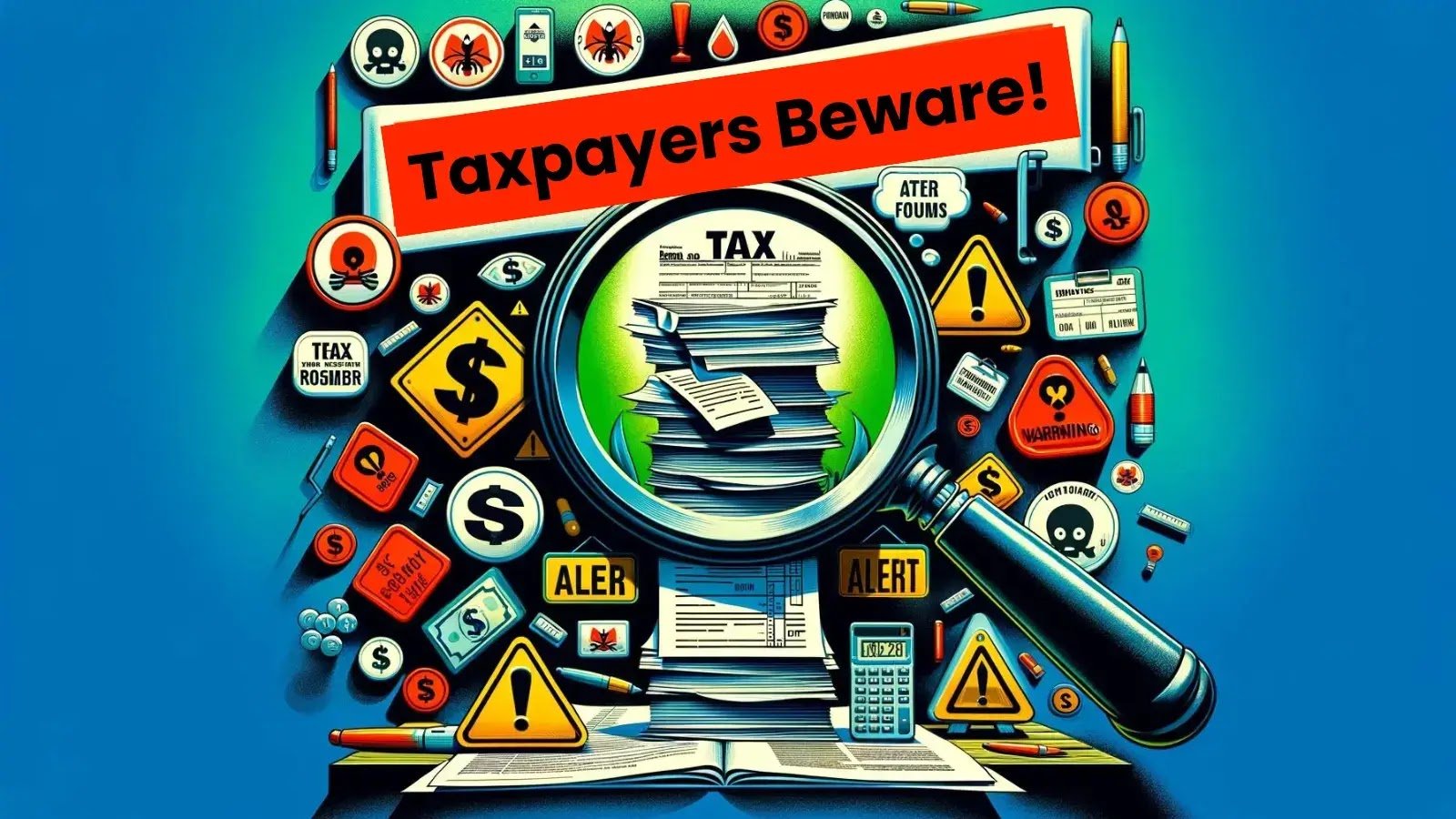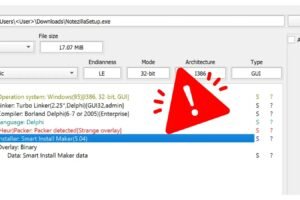
Taxpayers Beware: Hackers Unleash Clever Tactics in Latest Cyber Attacks
As tax season rolls around, a period marked by the rush to meet filing deadlines and ensure compliance with tax laws, cybercriminals are ramping up their efforts to exploit this busy time.
Leveraging sophisticated social engineering tactics, these threat actors launch targeted campaigns to deceive taxpayers into divulging sensitive information, making payments for fraudulent services, or unknowingly installing malicious software.
The latest report from Microsoft Threat Intelligence illuminates the cunning methods employed by cybercriminals and emphasizes the need for heightened vigilance among taxpayers.
Tax-Related Fraud Campaigns: Who’s at Risk?
The allure of tax season for cybercriminals lies in the widespread activity and the specific demographics that are more susceptible to their schemes.

According to the report, certain groups are particularly vulnerable, including green card holders, small business owners, new taxpayers under 25, and older taxpayers over 60.
These individuals may be less familiar with the intricacies of government tax procedures, making them prime targets for fraud.
A notable campaign observed by Microsoft Threat Intelligence at the end of January 2024 involved phishing emails masquerading as tax-related documents from employers.
These emails contained HTML attachments that, when opened, redirected users to a fraudulent landing page designed to install malware on their computers.
The malware, equipped with information-stealing capabilities, aimed to harvest login credentials and other sensitive data.
The Art of Deception: Phishing Email Tactics
Phishing emails remain a favored tool in the cybercriminal’s arsenal, with tactics evolving to become increasingly sophisticated.
These emails often mimic legitimate sources, such as employers, the IRS, or tax preparation services, using techniques like spoofing genuine landing pages, employing homoglyph domains, and customizing phishing links for each recipient.
The goal is to exploit the recipient’s trust, coaxing them into opening malicious attachments or visiting fraudulent websites that serve as conduits for malware.
Cybersecurity Best Practices: Safeguarding Against Tax Season Threats
The first line of defense against these cyber threats is a combination of education and good cyber hygiene.
Awareness of phishing attempts and knowledge of how to respond are crucial. Implementing basic security measures, such as multifactor authentication for financial and email accounts, can significantly reduce the risk of account compromise.
Microsoft reports that enabling multifactor authentication can prevent 99.9% of attacks.
Tips to Protect Yourself from Phishing
- Inspect the Sender’s Email Address: Look for anomalies, such as unusual spellings or misplaced characters, that might indicate a fraudulent email.
- Beware of Generic Greetings and Urgent Requests: Emails that use generic salutations or press you to take immediate action should raise red flags.
- Verify Sender Contact Information: If in doubt, initiate a new email to respond rather than replying directly.
- Never Email Sensitive Information: Opt for phone communication when private information needs to be shared.
- Exercise Caution with Links and Attachments: Avoid clicking on unexpected links or opening attachments from unknown or unexpected sources.
- Use Phishing Filters and Spam Filters: Enhance your email security by enabling these features.
The Microsoft Threat Intelligence tax season report is an invaluable resource for a comprehensive understanding of the latest tax season phishing campaigns, social engineering fraud tactics, and strategies to stay secure.
Source: https://bit.ly/3uS5LZ2



